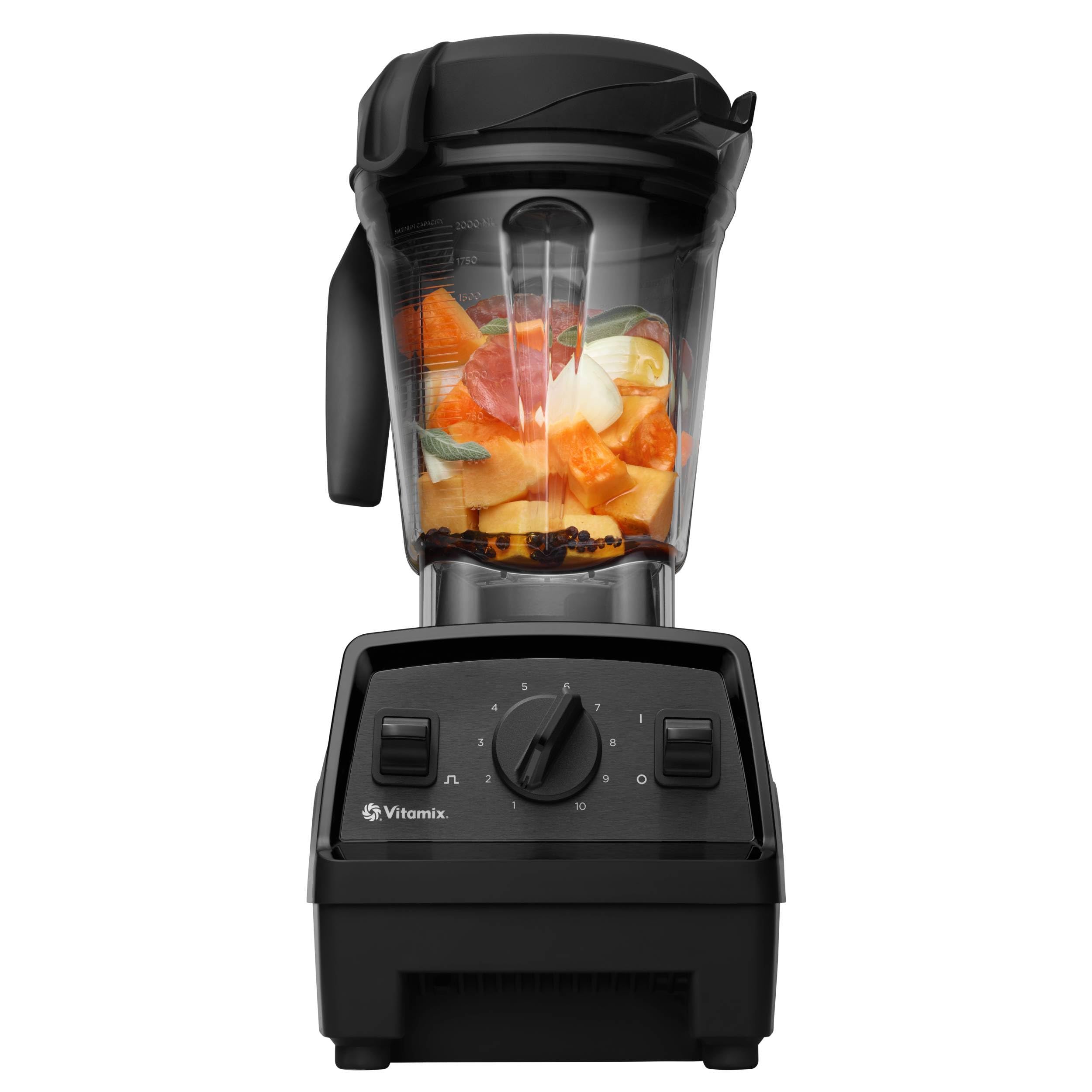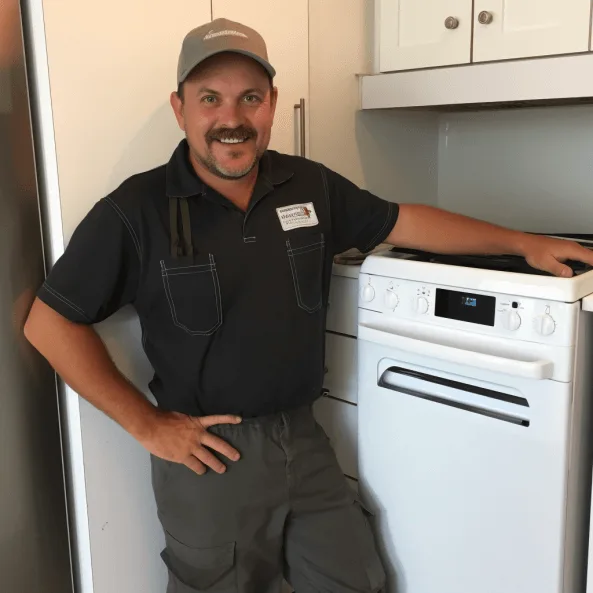Ever wondered how much a new outdoor AC unit could cost you? Picture this: it’s the peak of summer, and your old unit decides to call it quits. The sweltering heat is creeping in, and you’re left sweating bullets. Sounds familiar? Don’t fret – we’ve got your back!
Factors that Determine the Cost
When it comes to new outdoor AC units, several factors can influence the overall cost. Understanding these factors can help you prepare financially for this essential investment.
- Unit Size: Larger homes typically require more powerful units, which can increase the cost significantly.
- Efficiency Rating: Units with higher SEER ratings generally cost more upfront but can result in long-term savings on energy bills.
- Installation Requirements: Complex installations, such as ductwork modifications or electrical upgrades, can add to the total cost.
- Brand and Quality: Well-known brands with a reputation for quality may come with a higher price tag, but they often provide better reliability and performance.
- Additional Features: Units with smart technology or advanced features may cost more but can offer enhanced convenience and energy efficiency.
- Warranty Coverage: Units with extensive warranties may have a higher upfront cost but can save you money on repairs in the long run.
Considering these factors can help you make an informed decision when investing in a new outdoor AC unit.





Types of Outdoor AC Units
When it comes to outdoor AC units, it’s important to understand the different types available. Here are some common types you might come across:
- Central Air Conditioning: A popular choice for many homes, central air conditioning systems distribute cool air through a system of supply and return ducts.
- Ductless Mini-Split Systems: Ideal for homes without ductwork, these systems consist of an outdoor compressor/condenser and indoor air-handling units.
- Heat Pumps: These versatile units can provide both cooling and heating, making them a great option for year-round comfort.
- Packaged Units: All components, including the compressor, condenser, and evaporator, are housed in one unit typically placed on the roof or a concrete slab near the foundation.
Understanding the differences between these types of outdoor AC units can help you choose the one that best fits your needs and budget. Each type has its own advantages and considerations, so it’s essential to select the right one for your specific requirements.
| Facts & Figures |
|---|
| Central Air Conditioning: Widely used in the U.S. for whole-house cooling. |
| Ductless Mini-Split Systems: Growing in popularity due to their flexibility and energy efficiency. |
| Heat Pumps: Offer significant energy savings but may not be suitable for extremely cold climates. |
| Packaged Units: Space-saving option for homes with limited indoor space. |
Average Cost of New Units
Wondering about the cost of a new outdoor AC unit? Let’s break it down for you:
- Central Air Conditioning: Average cost ranges from $3,000 to $7,000 for installation.
- Ductless Mini-Split Systems: Expect to pay $3,000 to $5,000 per indoor unit.
- Heat Pumps: Installation costs fall between $5,000 and $8,000.
- Packaged Units: Prices typically range from $3,000 to $8,000.
It’s important to remember that these costs can vary based on factors like unit size, efficiency ratings, and installation requirements. To get an accurate estimate for your specific needs, consider consulting with a professional HVAC technician.
Additional Costs to Consider
When budgeting for a new outdoor AC unit, it’s crucial to factor in installation costs, which can vary depending on the complexity of the job and your location. Keep in mind that if modifications are needed to your home’s existing infrastructure, such as electrical work or ductwork adjustments, these can add to the total cost.





Permit fees are another expense that homeowners often overlook. Before installing a new AC unit, you may need to obtain a permit from your local government. Failure to do so could result in fines, so it’s best to check your area’s requirements ahead of time.
Don’t forget about maintenance costs once your new unit is up and running. Regular maintenance is essential to keep your AC system running efficiently and prolong its lifespan. Consider setting aside a budget for annual tune-ups and filter replacements to prevent costly repairs down the line.
If you’re opting for a higher efficiency unit, you may qualify for rebates or incentives from manufacturers or utility companies. These rebates can help offset the initial cost of the unit and lower your long-term expenses.
Lastly, warranty coverage is an important consideration. Investing in an extended warranty or service agreement can provide peace of mind and financial protection in case of unexpected issues with your new outdoor AC unit.
Remember, planning ahead and accounting for these additional costs can help you make a more informed decision and avoid any financial surprises along the way.





Tips to Save on Your New Unit
When it comes to purchasing a new outdoor AC unit, there are ways to save money without compromising on quality. Here are some practical tips to help you get the best deal:
- Compare Prices: Shop around and get quotes from multiple HVAC companies to ensure you’re getting a competitive price.
- Energy Efficiency: Invest in a unit with a high SEER rating to reduce energy consumption and lower your utility bills in the long run.
- Seasonal Promotions: Keep an eye out for seasonal discounts and promotions offered by manufacturers or HVAC providers.
- Rebates and Incentives: Check for rebates or tax incentives for purchasing energy-efficient units, which can help offset the initial cost.
- DIY Installation: If you have the skills, consider installing the unit yourself to save on installation costs.
- Regular Maintenance: Ensure your new unit is well-maintained to prevent costly repairs in the future and prolong its lifespan.
- Extended Warranties: Opt for an extended warranty to protect your investment and avoid unexpected repair expenses down the line.
By following these tips and being smart about your purchase, you can save money while still enjoying a high-quality outdoor AC unit.
Conclusion
By following these money-saving tips, you can make a smart investment in a new outdoor AC unit. Comparing prices, choosing a high SEER rating, taking advantage of promotions, rebates, and tax incentives, considering DIY installation, prioritizing maintenance, and opting for extended warranties are all ways to ensure you get the best value for your money. Keep these strategies in mind as you shop for your new outdoor AC unit to make a cost-effective and reliable choice.
Frequently Asked Questions
1. How can I save money when buying a new outdoor AC unit?
To save money, compare prices from HVAC companies, choose a high SEER rating unit for energy efficiency, watch for seasonal promotions, check for rebates or tax incentives, consider DIY installation if capable, prioritize regular maintenance, and opt for extended warranties.
2. Why should I invest in a high SEER rating unit?
A high SEER rating unit is energy-efficient, leading to lower utility bills over time and reducing environmental impact.
3. Is DIY installation recommended for outdoor AC units?
DIY installation can save money, but it’s crucial to have the necessary skills and knowledge to ensure safety and proper functioning.
4. How important is regular maintenance for outdoor AC units?
Regular maintenance helps extend the lifespan of the unit, maintains its efficiency, prevents breakdowns, and reduces repair costs in the long run.
5. Why should I consider extended warranties for outdoor AC units?
Extended warranties provide financial protection against unexpected repair or replacement costs, ensuring a long-lasting and cost-effective purchase.

Hi, I’m Charlie, and I cover all things laundry here at Appliance Mastery.
I’ve spent over eight years working on washing machines, dryers, and dishwashers. I also have a degree in mechanical engineering, which helps me understand how these appliances really work.
I try to make every guide clear and practical. If you’re stuck with a noisy dryer or a leaking washer, I’ll help you figure out what’s wrong and how to fix it.
